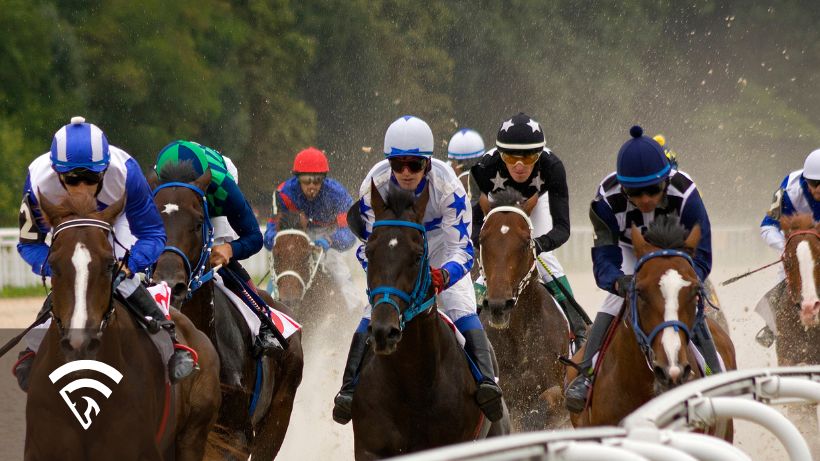What is a Late Money Move?
A late money move in horse racing refers to a significant shift in betting odds that occurs just before post time, usually in the final minutes, or even seconds, leading up to the race. These moves often happen as large, last-minute wagers are placed in the win pool, altering the odds and revealing where the “smart money” or sharper bettors may be leaning.
Late money moves can cause a horse’s odds to drop sharply right before the gates open, catching many bettors by surprise and raising questions about insider confidence, last-minute tips, or sharp betting strategies.
Whether you view them as red flags or valuable signals, understanding how to interpret late odds shifts is an important skill for modern handicapping.
What Causes a Late Money Move?
There are several reasons why a horse’s odds might plunge (or occasionally rise) just before the start of a race:
Large Win Bets Placed Late: Most pari-mutuel pools are finalized in the final 2–3 minutes. A handful of big bets can dramatically move the odds, especially in smaller pools.
Computer-Assisted Wagering (CAW) Teams: These syndicates bet massive amounts using sophisticated algorithms, often waiting until the last second to finalize bets based on overlays or mispricings.
Smart Money Action: When professional handicappers or insiders zero in on a horse, they may withhold their bets until late to avoid tipping off the public too early.
Public Following the Leader: When casual bettors see the odds drop quickly, they may jump on the trend, adding to the momentum of the move.
Why Late Money Moves Matter to Bettors
A sharp odds drop isn’t a guarantee of success, but it’s often interpreted as a signal that someone with influence or insight is backing the horse. These moves can be especially compelling when the horse wasn't favored early in the betting or had a subtle form advantage not obvious to the public.
Here’s how late money moves can be used in your strategy:
As a Confidence Indicator: If you were already leaning toward a horse and see a late drop in odds, it can be a sign your read was on point.
As a Warning Sign: If a horse you liked drifts up dramatically in the final odds, it may mean the public—or professionals—soured on its chances.
For Spotting Hidden Form: Horses with mediocre past performances but big late money moves may be sharper than they appear on paper.
When Late Money Moves Can Be Misleading
Not every odds drop is a sign of inside knowledge or smart money. In some cases, these shifts can be false signals caused by:
- Betting from big-name barns or jockeys regardless of form
- Public overreaction to a “buzz” horse
- Low-volume pools where small bets move the needle
That’s why it’s important to pair late money observation with real handicapping logic and avoid chasing moves without context.
Using EquinEdge to Navigate Late Odds Changes
EquinEdge gives you tools to stay grounded when the board starts shifting:
- EE Win % is based on data-driven probability, not public betting, so it helps you evaluate if a late odds drop is justified—or just noise.
- GSR (Genetic Strength Rating) can show whether a horse is well-suited to today's conditions, even if the odds say otherwise.
- EquinEdge Morning Line vs. Live Odds can highlight horses whose odds are drifting in interesting ways, helping you compare perception vs. data reality.
Final Thoughts
Late money moves are a fascinating window into how sharp bettors and syndicates play the game. While not foolproof, they can reveal hidden confidence or signal that a horse is live—even if the form doesn’t scream it.
The key is to use them as one part of your decision-making, not your whole strategy. With the right tools and perspective, late money moves can shift from puzzling to profitable.
